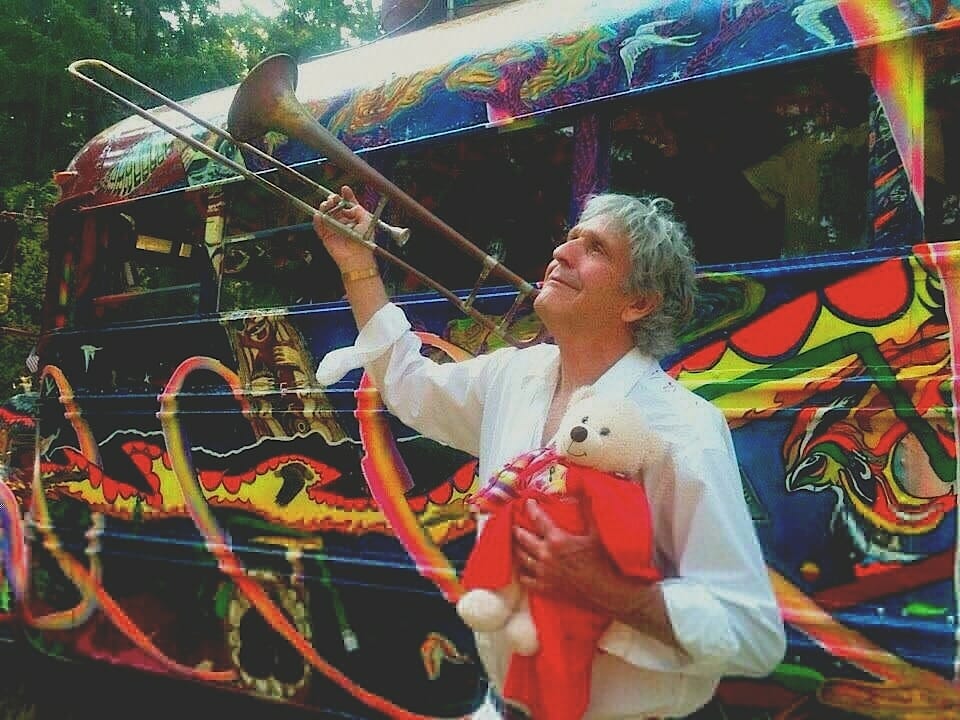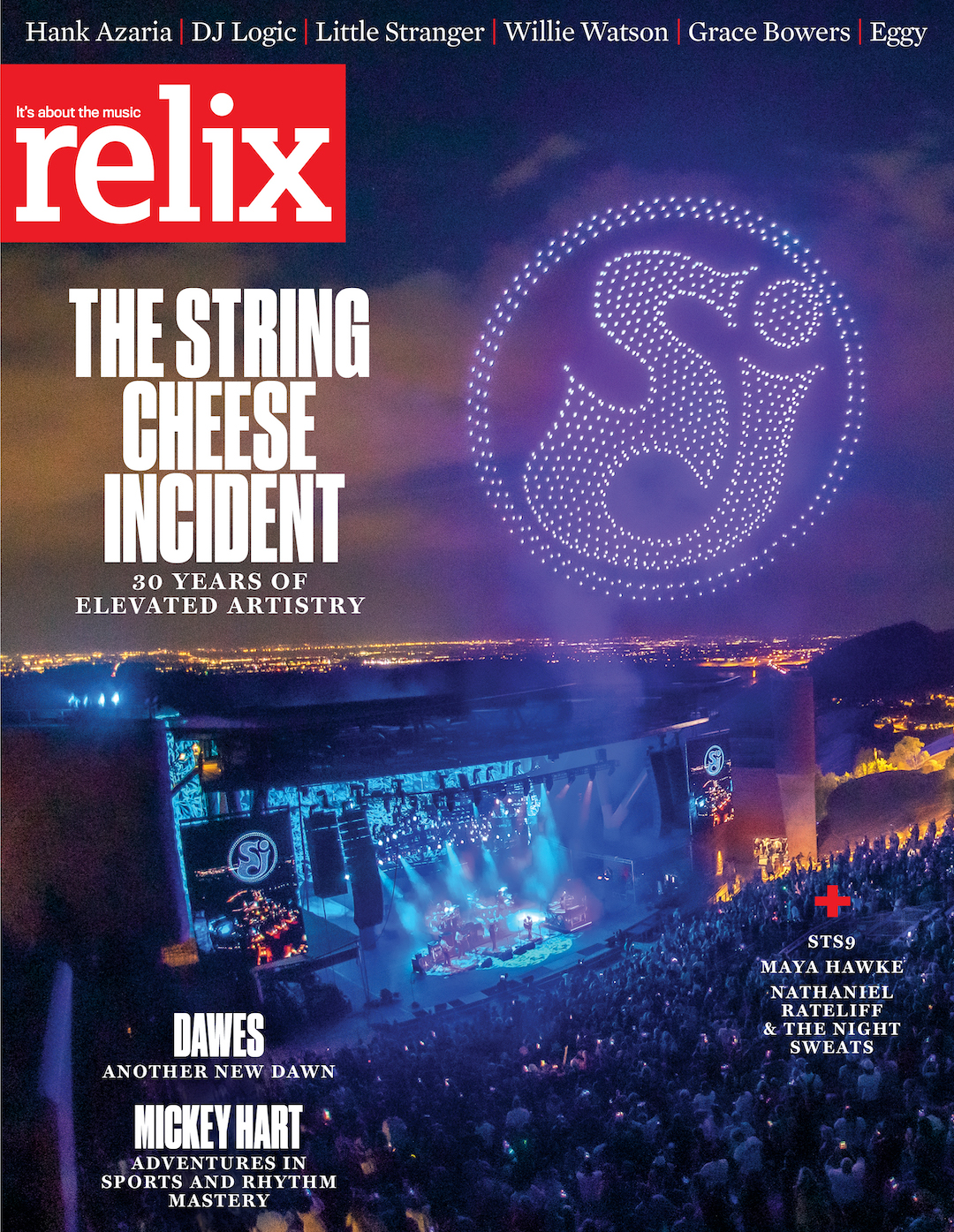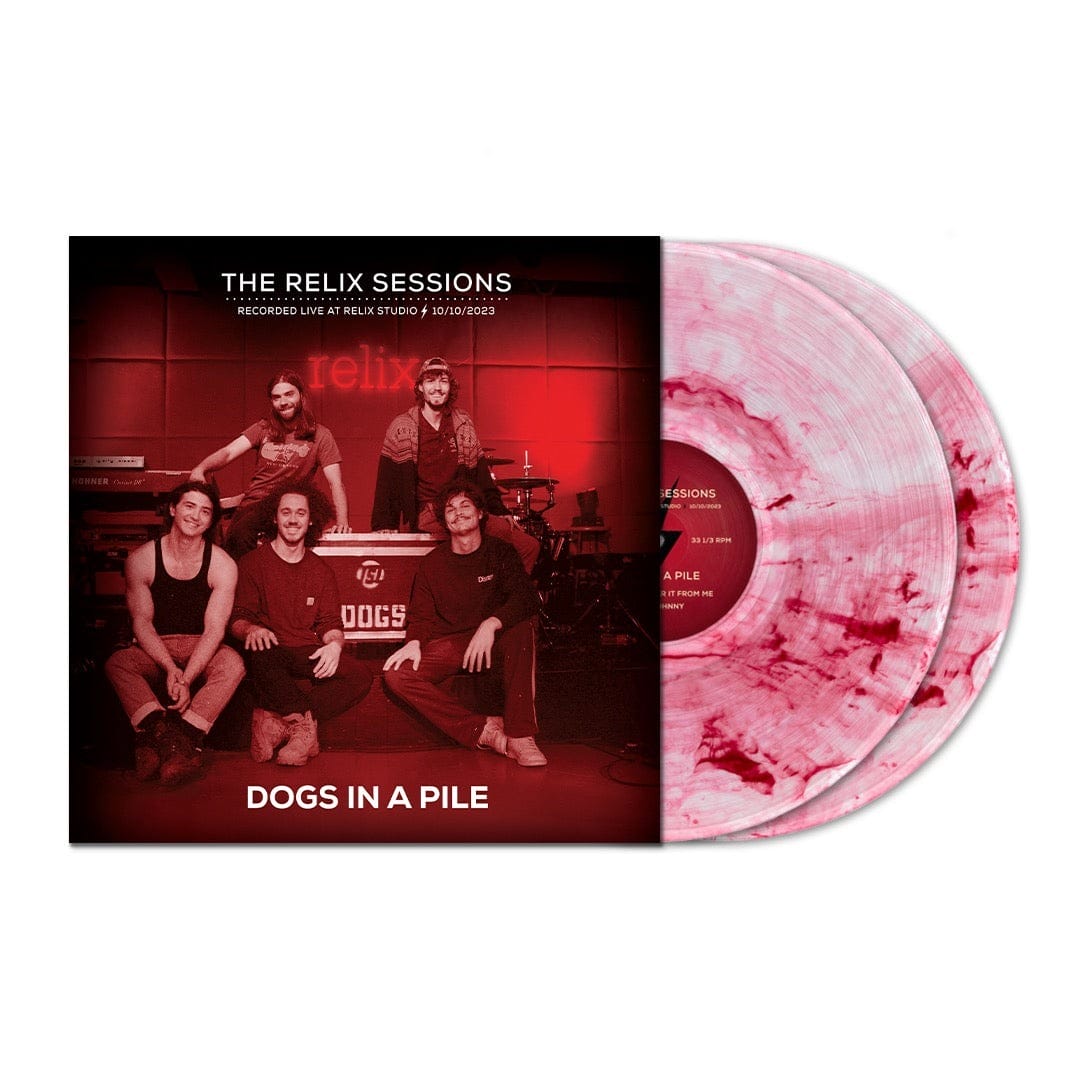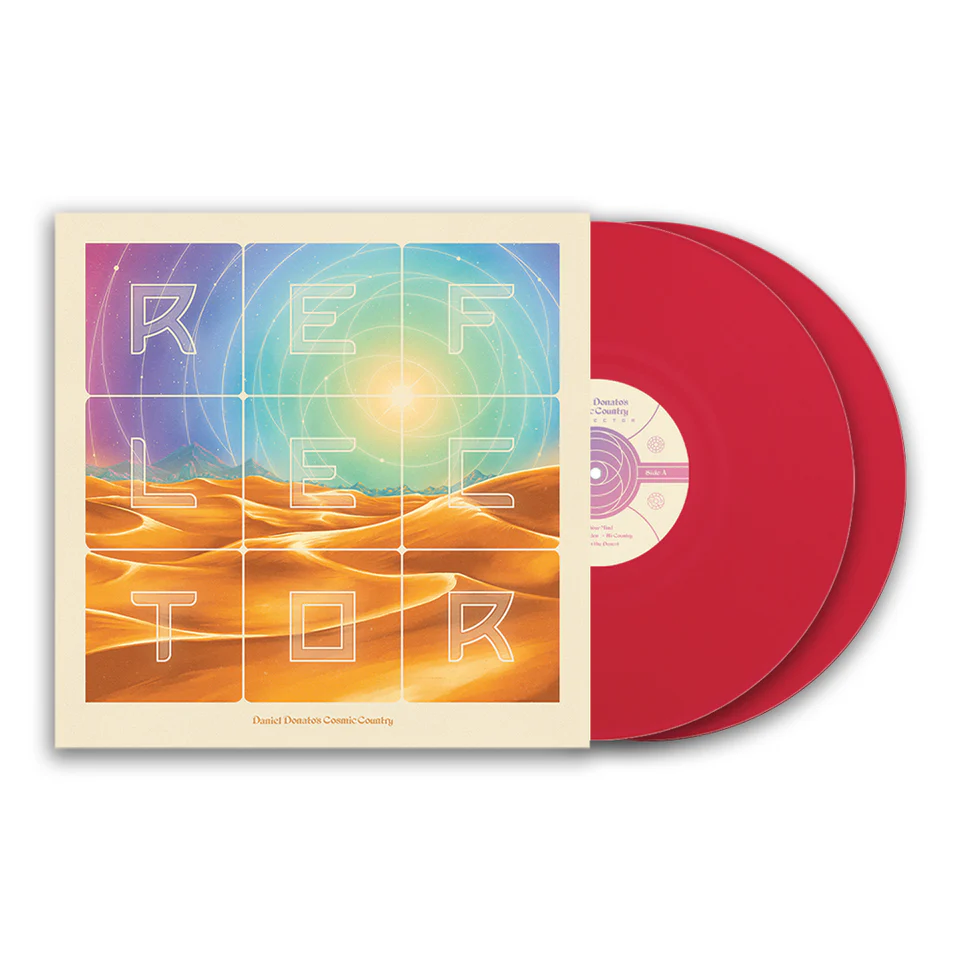Ken Babbs Remembers Ken Kesey, Neal Cassady, Jerry Garcia and Other ‘Cronies’

“This isn’t a work of fiction and it isn’t a memoir, it’s a burlesque,” explains Ken Babbs of his new book, Cronies: Adventures with Ken Kesey, Neal Cassady, the Merry Pranksters and the Grateful Dead. As the subtitle suggests, Babbs explores his friendships with numerous larger-than-life personalities, much like himself.
The author acknowledges, “I’m an entertainer. I love to perform, whether it’s writing or music or speaking or something else altogether. I’m a performance artist. Back in high school, when I played on the football team under the lights on a Friday night, I was out there in front of the crowd, intercepting a pass and running for a touchdown with the band playing and the cheerleaders. That’s when I was first burned by the spotlight. I’ve been seeking it out ever since.”
The narrative begins at the Stanford Graduate Writing Program in 1958, when Babbs encounters Kesey—both of whom were aspiring novelists. Kesey would soon author One Flew Over the Cuckoo’s Nest (1962) and Sometimes A Great Notion (1964), while Babbs served in the Marine Corps for five years, including a tour of duty as a helicopter pilot in Vietnam. When Babbs returned to civilian life, he began work on the novel that would reflect these experiences (Who Shot the Water Buffalo?,which was eventually published in 2011). He also joined Kesey and their friends, collectively known as the Merry Pranksters, on a series of psychedelic escapades, which included a cross-country bus trip to New York aboard the 1939 Harvester school bus they dubbed Further. The Pranksters painted the bus with dayglo murals and filled it with ample doses of then-legal LSD, yielding driving duties to Neal Cassady—the inspiration for the character Dean Moriarty in Jack Kerouac’s On the Road. The Pranksters captured the journey on film and later screened the footage as part of the immersive Acid Tests, which featured occasional live performances by The Warlocks (soon to be renamed the Grateful Dead)—a story first chronicled by Tom Wolfe in his innovative work of new journalism, The Electric Kool-Aid Acid Test.
In Cronies, Babbs shares his own perspective on the bus trip, as well as many of the events that followed in its wake. As for the term “burlesque,” which he uses to describe the book, Babbs reveals that after happening upon A History of New York City—a satirical account written in 1809 by Diedrich Knickerbocker [aka Washington Irving, later the author of “The Legend of Sleepy Hollow,” and “Rip Van Winkle”]—this tome informed his own work-in-progress.
Babbs explains, “Irving said the book was a burlesque. When I looked up the definition it was a ‘historical occurrence enhanced with additions, exaggerations, embellishments and inventions.’ I said, ‘Well, shit, that’s it. That’s what my book Cronies is going to be. It’s going to be a burlesque because, in writing all this stuff, I can remember what the scene was, but I can’t fill in every detail. So I’ll just focus on telling good stories.’”
You mention that, at times, you couldn’t remember everything. But, in reading Part II of Cronies—which focuses on the Merry Pranksters’ bus trip to New York—there is a vérité documentary feel. While you were writing this section, did you reference the tapes that the Pranksters recorded back in 1964?
Yes, my real ace in the hole was all the dialogue that I was able to use with Cassady and people on the bus trip. We taped and filmed everything that he said. I have copies of all that, so I would either watch the film and type off of that or listen to the tapes and type off of that.
The one thing that would be impossible to do was to try and recreate the way that Neal Cassady talked because it was so unique. But I was able to use his words in the book and I think that’s what gives it its strength.
I’ve read multiple accounts from people who interacted with Cassady, who said that they might not see him for a few months or even years and then, the next time they crossed paths, he would pick up the conversation as if it had happened only moments ago. Did you ever experience that?
He had a mind like a steel trap. I mean, he could remember everything. He could memorize whole paragraphs from Proust’s Remembrance of Things Past, and recite them if prodded enough, but he didn’t like to show off like that. His main problem, or the thing that bothered him the most when we met him, was everybody knew he was Dean Moriarty from Kerouac’s On the Road and they wanted him to be Dean Moriarty for them. He said, “I’m always having to play a role to satisfy the image in somebody’s mind.”
He didn’t like it—it was hard on him—but with us, he didn’t have to do that. He was just part of our crew. He was one of us and could groove with us and we could groove with him. Some people knock us and say we led him down the path of no goodness and stuff like that, but I don’t think it’s true. He was able to be himself when he was with us, and he was healthy. It was after the bus trip that he went off with other people. That’s when he went down.
You write in the book, “Neal Cassady was the connecting link between the Beat movement and the Psychedelic movement, with a foot in each—his mind and voice guiding the way.” Do you think he saw it from that perspective?
I don’t think he saw himself as a historical figure, but it is true. He had one foot in the beat world and the other foot in the psychedelic world. He was able to bridge the chasm. And the Pranksters fell in the crack between the two. We were too young to be Beats and too old to be hippies. I think, as time goes on, it will become more and more evident, historically, that there were the Beats, the Pranksters, and then the psychedelic revolution and the hippies. That was the timeline.
We were doing our own thing, although the Beats had a definite influence on us. I mean, when On the Road came out, Kesey and I both changed our views about writing and not having to think things out ahead of time—just beating it out on the typewriter as it happened, as it occurred to us. And also the things we were doing with music—the Merry Band of Pranksters was actually a band, we all played instruments. We were improvising and making stuff up as we went along. That was really our main thing that we would do whenever we were stopped in the bus. We were filming and taping everything all the time. So we were aware that we were performing, that we were doing the Prankster thing of not having set pieces that we’d ever do.
At the same time, it was often participatory in the way that you broke down the traditional boundaries between the performers and the audience.
That breakdown between the performer and the audience particularly occurred when we were doing the Acid Tests back in ‘65 and ‘66. There were no stages, the bands were right on the floor and people would wander around in there among the players. It was really neat, and the Grateful Dead would play to whatever was happening out there, plus their own songs. It was a phenomenal thing that was not ordinary entertainment at all.
Jerry Garcia often said that the beauty of the Acid Tests was that the band could either play or not play and either choice was equally valid.
Absolutely. That’s really the thing that the Pranksters have always striven to do—break out of the frame and go places that you’ve never been before. If you’ve got something that exists within a frame, like a song, your intent should be to leave that behind at a certain point and go wandering. Then, eventually, you find your back into the frame, patch up the hole and end the song or whatever. It’s a wonderful thing and there are still groups that do that.
What are your memories of performing with Kesey and the Pranksters at Phish’s Darien Lake show in 1997?
That was wonderful. We just happened to be on a trip with the bus going somewhere and came by Darien Lake. So we pulled into the parking lot and we were sitting there and all the guys from Phish heard about it. So they came on the bus and we had a good time together. Then, we put on all of our Twister outfits and at a certain point, we went on the stage, and whenever someone went on there, the band would play that character’s number. They did it for the Tin Man and the Scarecrow and, when I came onstage as Frankenstein, they played a Frankenstein song.
We all got on there and did weird stuff. Kesey was really good on the microphone. He was really rapping well and then, from the audience, came all these people in bozo costumes, wearing these big things on their heads. They all came up on the stage and started dancing.
For a long while afterward I wondered if this had been planned out in advance. I later learned it came together that day. It wasn’t something that had been previously arranged.
Oh, not at all, not at all. This is one of the wonderful things when you’re with groovy people—when you get together and you start going, they go right with you. Nobody thinks about scripting or doing stuff that had been rehearsed 17 times. You just go with whatever you got. It’s a whole psychedelic thing.
Since you mentioned Twister [a musical that riffed on the Wizard of Oz], I was there when you premiered it. It felt like such a Prankster move to perform it in a National Guard Armory following a Grateful Dead show, pretty much right across the street from the stadium where the Dead had played that day.
[Laughs.] It was terrific. That was the first time we did Twister in public with our effects, the music and all that. The other thing that was fun was that Huey Lewis played the part of Elvis Presley when I was out there playing the part of Frankenstein the monster. I also remember the sound was crazy. It would feedback every once in a while and, every time it did, the monster would hold his ears, stomp his feet and go crazy.
I remember it being oppressively warm in the Armory.
God stifling hot. Yeah, it was gruesome. It was pitiable. In fact, the Grateful Dead guys left at intermission.
Did you perform it there with the expectation that they might participate in some way or were they simply there to observe?
It was because they had their concert there so they would be able to come and see it. We didn’t anticipate them being any part of it. We were already a solid group. And, after that, we were ready to go on the road with Twister.
However, that participatory thing I mentioned earlier was always present in what we’d do. It happened in Twister at the end when everybody got to come up on the stage if they wanted.
I suppose the natural segue from stifling heat in Oregon with Grateful Dead and the Pranksters is the Springfield Creamery benefit in 1972.
It was like a hundred and something that day, and the stage was facing the sun. As it got lower and lower in the sky, it got hotter and hotter. The strings were going out of tune. The drumheads were all floppy and everyone was gasping. Then, they went into this “Dark Star,” and it was the best “Dark Star” that’s ever been done—the way they went into all kinds of jazz, classical, rock-and-roll and all this other stuff. They wouldn’t quit until the sun dipped down at the horizon.
There’s also an important part of the story that happened after the concert. Chuck and Sue Kesey had lost the Springfield Public Schools milk account after Chuck’s partner had picked apples in his backyard and dumped them into a vat to brew applejack in a storeroom. One of their employees discovered it, went full-bore drunk and forgot to turn off the spigot. The storeroom flooded, they got busted for that and lost the contract. Then the idea came in to get the Grateful Dead to do that benefit for it. Although the concert was supposed to raise all this money, the whole ticket-taking thing was a farce, and they didn’t make enough money to pay their bills. But later on, the Grateful Dead pitched in what they needed.
Speaking of a ticket-taking farce, in your new book, you describe being at Woodstock in the middle of the decision to make it a free festival.
I was there a couple days early to run the free stage, and I was all over the place walking around when I got to talking to the head of security, who was a former Marine like me. We were talking by a trailer and, while we were there, 40 of these off-duty New York policemen came and they were standing there. They were going to be the security and that guy, Wes Pomeroy, says, “Go over and brief them, Ken.” So I said, “OK.” Then I went over and briefed them. I told them what to do and how they should behave, what to look for and all that.
Just after they went on their way, a phalanx of people walked up wearing khaki, like a military outfit, led by this woman in front counting cadence. So Wes asks me to go see what they want. I went over, asked what was happening and the woman tells me that they were the people who were going to take the tickets and collect the money. Then she says, “So all these people are going to have to leave and come back and show their tickets to get back in.” I told her, “Hang on a minute. I got to go talk to the boss about this.” I went over and told him and he was kind of chuckling. Then, he said, “How are we going to manage that?” There were probably 100,000 people already inside, so I said, “Like they say in the Marine Corps: ‘Do it with a KISS.’ Keep it simple stupid. Let’s make it a free concert and do away with tickets.”
So he got on the radio telephone and called over to the stage and talked to Michael Lang, the promoter. Then, he came back and said, “Yeah, make it a free concert.” All these people who were standing around heard that and they went over and they started rolling that fence back. Then, I went over to the women and said, “Well, we decided to make it a free concert. So you guys are cut loose.” She sort of glared at me for a moment then turned around and said, “About face! Forward march!” and marched them all out of there. [Laughs.]
That turned out to be a pivotal moment in American cultural history. It changed the dynamic of what went down.
It’s like everything that happens. It’s all psychedelic. Things come in front of you and they appear, and you do something and then that affects something else somewhere else. You just have to be at a spot sometimes where you’re able to insert your input into it and try to make things come out good.
In fact, this is really the game. It’s what life is all about, how you are in situations all the time, and sometimes they’re not comfortable and sometimes they’re actually on the verge of violence, where you have to do something or say something to help diffuse it and turn it sideways. And this is really a Prankster thing that we learned to do, which is riding into one of those scenes and going somewhere with it that confuses the people so that they lose the thing that they were starting to do. You take them sideways.
It is like that time at the Vietnam anti-war rally at Berkeley, when we were there and these thousands of people in front of the stage were haranguing them. Provocateurs from the government were in there, trying to get some kind of scuffle going—some kind of fight going so that the cops could come in and start beating people up and break the whole thing up.
There were these guys in suits getting into a row with these longhair guys. They’re about to come to blows, and Neal’s walking along and he’s got a package of Dentyne chewing gum. Then he pulls a piece out, takes a bite and walks into them, calling out, “Dentyne, Dentyne, cleans your mind, cleans your breath makes you feel good as anybody can feel, come on who wants some Dentyne?” He kept walking through them, and he flummoxed them, and they just spun into nothing.
And this is really our work. Whatever job you have, if you’re in a place where you have a supervisor who’s kind of a turd, acting bad and getting abusive, then you’ve gotta be able to go in there and cool them out in some way. That way, the workplace becomes a happy place for everybody.
Sticking with Woodstock, there’s a moment in the book where you describe handing over your undeveloped film footage to the people working on the Woodstock movie. I’m curious if any of that made it into the documentary and whether they returned your film?
They were supposed to process all the film and get whatever they didn’t use back to you. And if they ended up using anything, they were supposed to pay you for it. Later, when we went to the movie, we saw that they showed these different things right at the beginning of the movie, including one scene over by the free stage we had shot of this beautiful girl dancing. There it was, our film in the movie. And did they ever give us any money or let us know? No. Did they ever give us the film back? No. Zane Kesey, Ken’s son, eventually tried to track it down but Warner Bros. said it was in the backlot that got flooded so it had been ruined. I’m not sure I believe that.
Back to the subject of witnessing cultural history, you describe being at the birth of the rock-and-roll light show in December 1965 at the San Jose party, which you indicate was not yet called an Acid Test. Did you have any sense how quickly the use of cellophanes, oils and gels would catch on?
Roy Sebern, who also painted the name Further on the bus, was really an artist. He had gotten a school projector, which he kept in his house. Then he started experimenting with gels and colors as part of the scene going on at the Acid Tests.
I remember that first night, when he was done, a beetle got on the projector, so we watched it on the screen. Then, another beetle came up there and they got into a fight, with the second beetle eating the other one. That was memorable. [Laughs.]
I’ll tell you a funny thing about the light show, though. As a result of Tom Wolfe’s book, the Pranksters kind of became the poster children of the movement. But in reality, people were doing the same things all over the Bay Area. When psychedelics hit, it hit everybody. It’s like Kesey said, “When meatball hit, it hit everybody.”
So we were all bombed on the head by a meatball. It led to new stuff in everything: dance, movies, art, music, you name it. Everybody learned that, just because you liked to write and you don’t get published, it doesn’t mean you should stop writing. Just because you like to dance and you never become part of a dance troupe, that doesn’t mean you stop dancing. Same with music, same with painting, same with anything you love to do. You keep doing it. And I can truthfully avow that because I still play my trombone, which I first picked up when I played in the high school band.
When I ask you to think back on a Grateful Dead Acid Test moment, what’s the first one that comes to mind?
I think it would be the Watts Acid Tests, when we’re in that big old cavernous building and the cops came in and made us stop. Phil was playing his bass—thumping away at it—and we were all supposed to just get out of there but I didn’t want to interrupt him. So I went over and turned the power off, and Phil was so mad at me. I apologize for that now. Looking back, I should have just let him play.
In the book, you indicate that, of all the Grateful Dead band members, you were closest to Jerry. What led the two of you to connect as you did?
We hit it off because we both liked to play with words and we both liked to riff back and forth and make stuff up. We had a lot in common, so we could get along like that. I was fortunate enough to get to know him and hang around with him and do all that with him. It was a wonderful thing, but I think anybody who was that close to him and got to know him would feel the same way about him. I mean, he was so outgoing and so friendly. In a word, we were cronies.




















